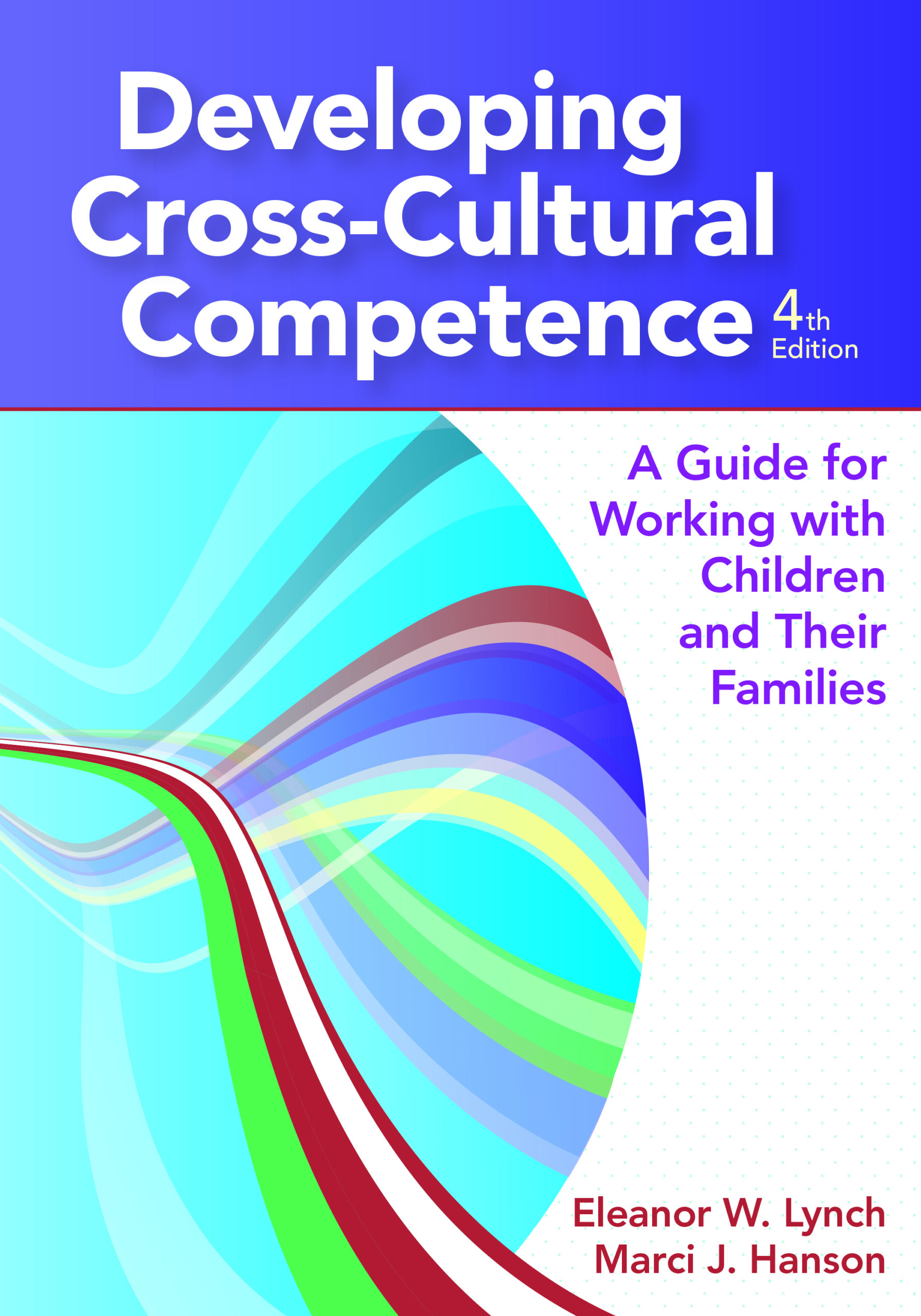Because family members are the ones who know young children best, it’s essential to have their point of view represented throughout the early intervention process—from meetings to develop IEPs or IFSPs to monitoring the success of interventions. But many families report that they find participating in this process intimidating, especially if they belong to a culture that doesn’t encourage taking an active role in this kind of joint decision making.
 As an early intervention professional, what can you do to ease this process so diverse families will be more comfortable and have their voices represented? To help make the intervention process more culturally responsive, here are some practices to consider, excerpted and adapted from Developing Cross-Cultural Competence, Fourth Edition, edited by Eleanor W. Lynch, & Marci J. Hanson.
As an early intervention professional, what can you do to ease this process so diverse families will be more comfortable and have their voices represented? To help make the intervention process more culturally responsive, here are some practices to consider, excerpted and adapted from Developing Cross-Cultural Competence, Fourth Edition, edited by Eleanor W. Lynch, & Marci J. Hanson.
Learn about the families in your community. What cultural groups are represented? How closely knit is the community? What languages are spoken? What are the cultural practices associated with child rearing? Are there any commonly held cultural beliefs surrounding health and healing, disability, and causation? Who are the community leaders and/or spiritual leaders, and what are their roles in advising and counseling families?
Work with cultural mediators or guides from the families’ cultures. Learn more about the extent of cultural identification within the community at large and any regional variations.
Learn and use words and forms of greeting in the families’ languages if families are English language learners (ELLs). If written forms must be used, then be sure that they are available in the family’s first language.
Don’t demand in-person collaboration. First, recognize that some families may be surprised by the extent of parent–professional collaboration that is expected in the United States. Don’t expect every family to be comfortable with such a high degree of involvement, but at the same time never assume that they don’t want involvement and are not involved from their own perspective.
Offer alternate ways to provide input. Be sure that you encourage family input without creating embarrassment. If family members feel they can’t interact comfortably in a public forum like a meeting, then be sure that the service provider who knows the family best can speak with the family ahead of time and represent their perspective at the meeting.
Plan the guest list carefully. When a family does agree to participate in a meeting, brief the family well in advance about the meeting’s purpose and who will be present. You may want to reduce the number of professionals participating unless the family has requested that others be present. Encourage families to bring those people who are important to them—relatives, spiritual leaders, friends, and so forth.
Work with an interpreter. Be sure that a skilled interpreter is present if families are ELLs or non–English speaking. Allow additional time to work with interpreters to determine families’ concerns, priorities, and resources, and to determine the next steps in the process. Rapport building may take considerable time, but it’s critical to effective intervention.
Plan comforting rituals. Incorporate practices that are culturally comfortable for the family, such as serving tea, taking time to get acquainted before beginning the more formal aspects of the meeting, or conducting the meeting in a highly formal manner.
Develop goals that match family priorities. Ensure that the goals, objectives, and outcomes your team develops accurately reflect the family’s concerns and priorities. Adjust goals for children to match the family’s priorities; for example, learning to eat with chopsticks rather than with a spoon and fork, behaving in cooperative rather than competitive ways, learning words in the language of the home, being taken to the bathroom rather than independently toileting, or sleeping and napping in the parents’ bed rather than alone.
Connect families with culturally appropriate resources. Use appropriate resources that are designed for or are a part of the family’s cultural community; for example, child care sponsored by the religious group to which they belong or referral to a healthcare provider who shares the same language and culture. Use cultural mediators or guides to help determine which matches are likely to be appropriate. Coming from the same country does not ensure that individuals share the same beliefs, values, behaviors, or language.
Get family feedback. After your intervention plan is implemented, be sure that families’ perceptions of the program or agency are assessed on an annual basis. Find a system for doing this that is most appropriate for the families being served. Consider using a combination of face-to-face interviews, short questionnaires in the families’ languages, and parent-led focus groups.
Develop monitoring strategies to examine the degree to which families are accomplishing the outcomes that they have specified. You might consider practices such as goal attainment scaling, interviews, or other family-oriented approaches to gather this information.
For more in-depth guidance on how to honor different customs, beliefs, and value systems as you work with young children and families, check out the book behind today’s blog post.

Developing Cross-Cultural Competence
A Guide for Working with Children and Their Families, Fourth Edition
Edited by Eleanor W. Lynch, Ph.D., & Marci J. Hanson, Ph.D.
The gold-standard text on cross-cultural competence, this book is a go-to reference on best practices in culturally competent service delivery. You’ll get a primer on cultural competence, learn from in-depth chapters with nuanced explorations of nine different cultural backgrounds, and find practical guidance for every step in the service delivery process, from initiating contact with families to implementing and evaluating services.
Stay up to date on the latest posts, news, strategies, and more!
Sign up for one of our FREE newslettersMore posts like this

25 Questions Early Childhood Professionals Should Ask Families
May 4, 2021
8 Strategies for Engaging the Families of Young Children
February 11, 2020


Write a Comment
Your email address will not be published. Required fields are marked *
Post a Comment